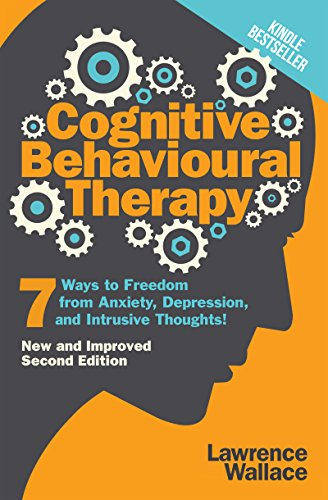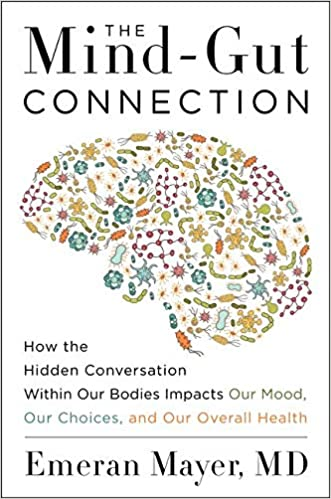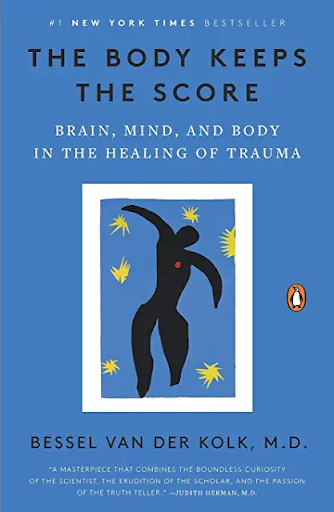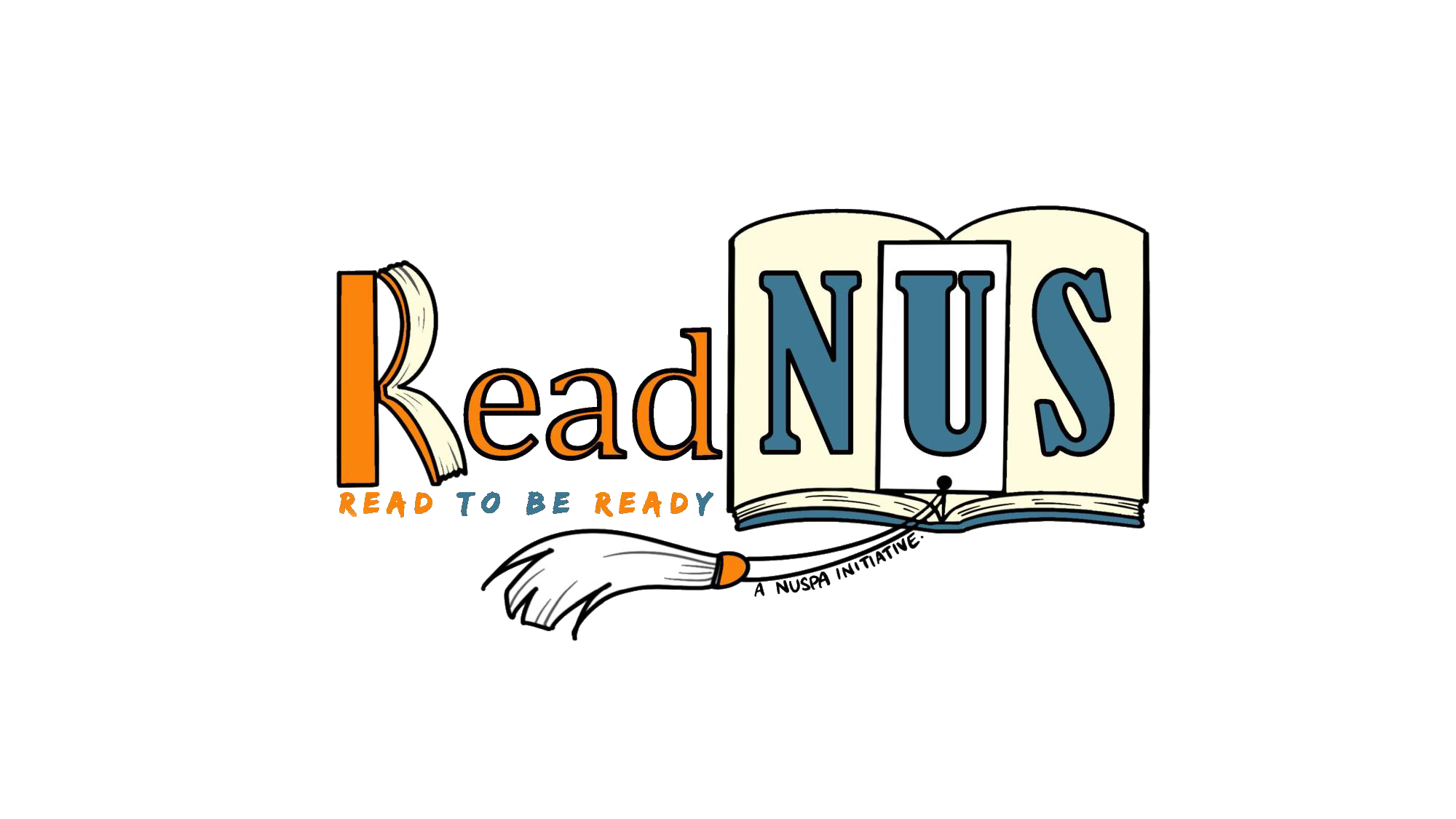Mental Health in Books
With the Covid-19 pandemic, mental health has become even more of a priority than before. There is growing awareness of various practices such as meditation, mindfulness, exercise, and its impact on mental health as well. Trauma, extreme stress, burnouts, and mental illnesses all have their impact on one’s mental health and emotional wellbeing.
Recently, on the 27th of January 2022, NUSPA held its Social Policy Forum 22. The panellists included Ms Sun Xueling, who is serving as the Minister of State at the Ministry of Social and Family Development and Education, Associate Professor Mythily Subramaniam who is the Assistant Chairman of the Medical Board (Research), Institute of Mental Health, and Mr Gasper Tan, the CEO of Samaritans of Singapore.
The Social Policy Forum 22 aimed to foster political awareness and deeper insight into Singapore’s mental health policies and its effects on the youth. Issues such as the mental health stigma and how we, as a society, could normalise seeking assistance for our mental wellbeing were discussed. The panel discussion shared the various policies and approaches that could be taken to bridge the gap between mental health resources and the general population.
Additionally, mental health among the youth was also addressed, due to the burgeoning pressures faced amidst the pandemic, and from Singapore’s (increasingly) rigorous education system.
In line with the topic of Mental Health, I will discuss a few books I have read that explore either mental health techniques, or the connection between our emotions and mental health and our bodies. Do note that some of the novels may contain triggering topics such as sexual abuse and trauma, so viewer discretion is advised.
Cognitive Behavioural Therapy: 7 ways to Freedom from Anxiety, Depression and Intrusive Thoughts by Lawrence Wallace

Cognitive Behavioural Therapy by Lawrence Wallace
Cognitive Behavioural Therapy by Lawrence Wallace, revolves around the Cognitive Behavioral Therapy (CBT) technique that is used for several mental illnesses by therapists. CBT was initially created for treating depression and it is used by mental health professionals to change negative thinking patterns and unhelpful behaviours. From its original use, the CBT model is now used in the treatment of various mental conditions. Wallace breaks down the cognitive behavioural therapy model into seven easy steps that even one who has never set foot in therapy could attempt to emulate.
For me, the book was accessible and easy to follow since it lacks any flowery or overly technical language. I also liked how it includes worksheets and guides one to improve their mental conditions, making it a rather practical book.
The Mind-Gut Connection: How the Hidden Conversation Within Our Bodies Impacts Our Mood, Our Choices, and Our Overall Health by Emeran Mayer

The Mind-Gut Connection by Emeran Mayer
Have you ever felt butterflies in your stomach before a big interview or presentation? From this example, it becomes apparent that our emotions do manifest in our gut and that our brain and our gut could be intimately connected.
The Mind-Gut Connection by Emeran Mayer explores the connection between our gut health and our emotions, which is an interesting way of looking at how what we eat has a direct impact on our mood. The book explains the role of nerves, hormones, and inflammatory molecules in linking the gut and the brain. The author goes into detail about microbes which are extremely small living things that include bacteria. Importantly, there are many microbes which live in the gut and it affects various chemicals produced in the body, which inevitably affect the brain and how we feel.
So how exactly does the gut and the brain play a role in our emotional health? Well, one example would be through the neurotransmitter Serotonin. Serotonin is important in regulating one’s mood and sleep patterns and is also an important way through which our gut and our brain communicates with each other. For instance, when we eat a good meal, we are often in a better mood because of the release of serotonin.
As much as the book gave me a new perspective of the relationship between mental health and the gut, I felt that it could afford to go more in depth on the topic, even if it was catered to a more general audience. It also adopts a slightly speculative stance at times, which is not surprising given that research on microbiomes and their role in our bodies is still evolving. Additionally, the book also tends to get a bit repetitive. Lastly, I would not say that the advice to heal one’s gut is groundbreaking. Even without reading this book, many of us are aware of the need to consume healthy, fresh, non-processed food, on top of increasing our intake of probiotics, in order to improve both our mental and physical health.
Having said that, the emphasis on the link between food and mental health, as well as the science behind the link between one’s guts and brains, makes this an interesting read. However, if you would like a more in depth understanding of gut microbiomes and its interaction with the body only, I would recommend Ed Young’s I contain Multitudes instead!
The Body Keeps the Score: Brain, Mind, and the Body in the Healing of Trauma by Bessel van der Kolk

The Body Keeps the Score by Van Der Kolk
In comparison to the other books on this list, the last book, The Body Keeps the Score by Van Der Kolk, is a heavier read since it deals with trauma, and in particular Post-Traumatic Stress Disorder (PTSD). While humans are extremely resilient, trauma does leave its traces on our surroundings, our minds, and our emotions. It can even pass down intergenerationally.
While trauma haunts the people who are exposed to the traumatic experience, people who surround traumatised people are also affected by it. For instance, wives of soldiers with PTSD are vulnerable to developing depression and children with parents who suffer from mental illnesses also are prone to becoming anxious adults.
The author impresses upon his audience the insane level of energy that traumatised individuals need to keep functioning in society. Moreover, he shares the physiological changes that occur in the bodies of traumatised individuals. Some changes include the modifications to the stress hormone activities in the bodies of traumatised individuals. For instance, they often experience a significant increase in the stress hormone activity. As a result, people with trauma often become hypervigilant to various activities that the body inaccurately registers as a threat. With that, we see that trauma affects one both physiologically and psychologically.
While I did appreciate the research of trauma on bodies, I felt that the book could be somewhat disconnected and repetitive at times, as the author covers a range of traumas from veteran PTSD to childhood abuse.
As a disclaimer before you pick up this book, please do note that the content can be extremely triggering. I found the book to be quite traumatizing as there are many disturbing imageries of sexual abuse from the point of view of both victims and perpetrators in this book. He does go into details of various traumatic experiences that I personally felt could have been skimmed over. Nonetheless, if you find such details extremely disturbing, please avoid reading this book!
Insofar as books can provide us with new perspectives, or help us understand our conditions better, do know that everyone experiences these issues differently. As such, should you feel distressed, please know that there are various hotlines and resources to help you, and that you are not alone:
6389-2222 (24 hours)
1800-221 444 (24 hours)
pat@sos.org.sg
Singapore Association for Mental Health
1800 283-7019 (Mon to Fri, 9am to 6pm)
1800 377-2252 (Mon to Fri, 9am to 6pm)
By: Preetea
Deputy Director of ReadNUS
